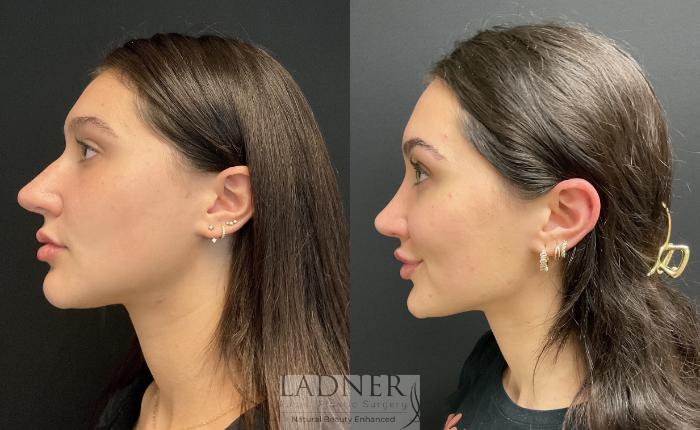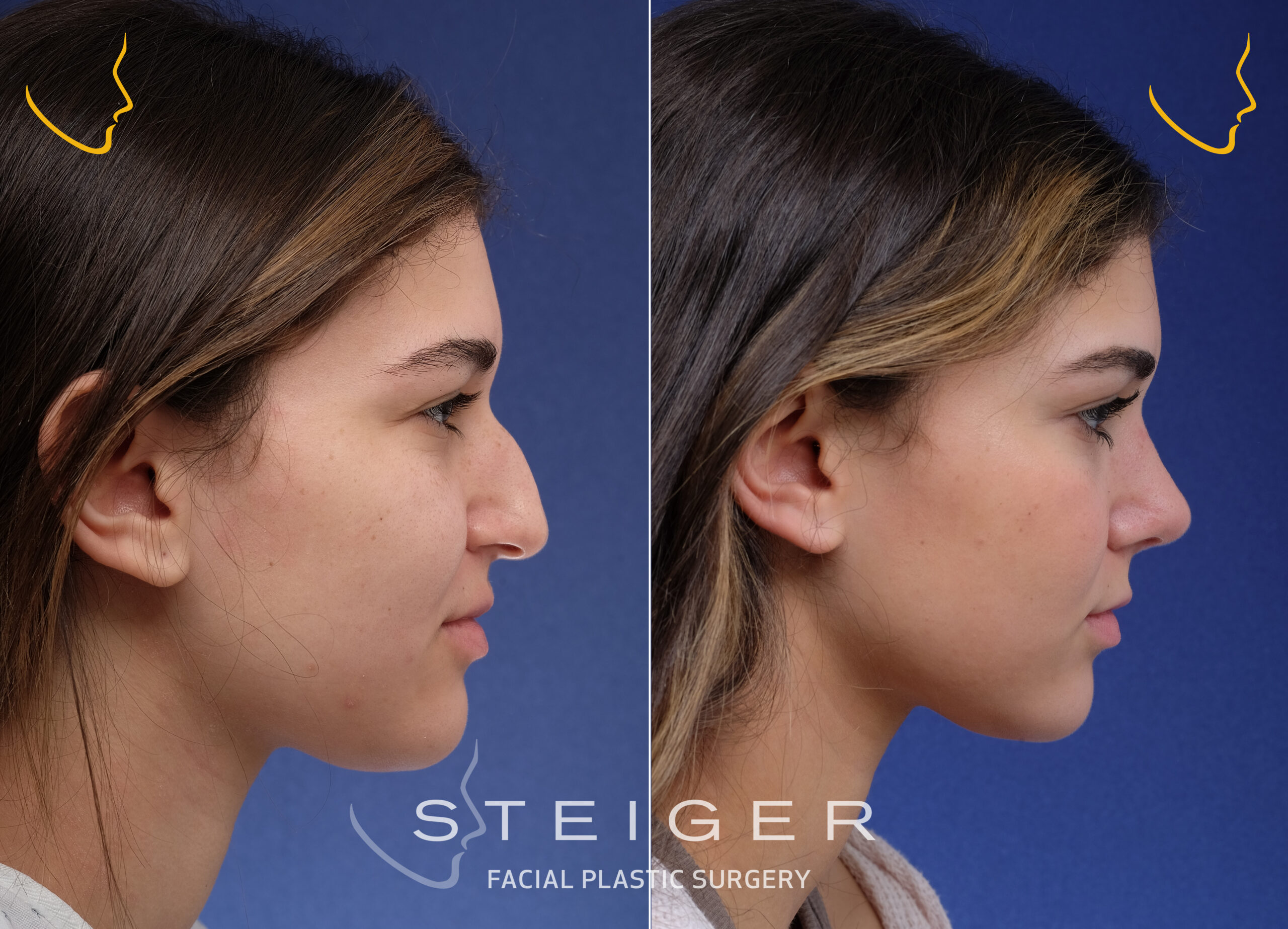Understanding Rhinoplasty: A Comprehensive Overview
Rhinoplasty, commonly referred to as a nose job, represents one of the most sophisticated and transformative procedures in plastic surgery. This surgical intervention goes beyond mere cosmetic enhancement, addressing both aesthetic concerns and functional issues that can significantly impact a patient's quality of life. In Los Angeles, where aesthetic medicine has reached unprecedented levels of refinement, rhinoplasty has evolved into an art form that combines surgical precision with an understanding of facial harmony and individual beauty.
The nose occupies a central position on the face, making it a focal point that influences overall facial aesthetics. Even subtle changes to nasal structure can create dramatic improvements in facial balance and proportion. Modern rhinoplasty techniques allow surgeons to address a wide range of concerns, from correcting a dorsal hump or refining a bulbous tip to straightening a crooked nose or improving breathing function. The procedure has become increasingly popular among individuals seeking to enhance their appearance while maintaining natural-looking results that complement their unique facial features.

What is Rhinoplasty?
Rhinoplasty is a surgical procedure designed to reshape, resize, or reconstruct the nose. The term derives from the Greek words "rhinos" meaning nose and "plastikos" meaning to shape or mold. This procedure can address both cosmetic and functional concerns, making it one of the most versatile operations in plastic surgery. Cosmetic rhinoplasty focuses on improving the appearance of the nose, while functional rhinoplasty addresses breathing difficulties caused by structural abnormalities such as a deviated septum or collapsed nasal valves.
The complexity of rhinoplasty lies in the intricate anatomy of the nose, which consists of bone, cartilage, soft tissue, and skin. The upper third of the nose is composed of bone, while the lower two-thirds consist of cartilage covered by skin and soft tissue. Successful rhinoplasty requires a thorough understanding of this three-dimensional structure and how modifications to one area affect the overall appearance and function of the nose. Surgeons must consider factors such as skin thickness, cartilage strength, and the relationship between the nose and other facial features when planning the procedure.
Types of Rhinoplasty Procedures
Open Rhinoplasty
Involves an external incision across the columella, providing maximum visibility and access to nasal structures. Preferred for complex cases requiring extensive reshaping.
Closed Rhinoplasty
All incisions are made inside the nose, leaving no visible scars. Suitable for less complex procedures with shorter recovery times.
Revision Rhinoplasty
Secondary surgery to correct issues from a previous rhinoplasty. More complex due to scar tissue and altered anatomy.
Ethnic Rhinoplasty
Specialized approach that respects and preserves ethnic characteristics while achieving desired aesthetic improvements.
Common Concerns Addressed by Rhinoplasty
Patients seek rhinoplasty for various reasons, each requiring a customized surgical approach. Understanding these common concerns helps prospective patients identify whether rhinoplasty might be appropriate for their needs:
- Dorsal Hump: An elevated bridge that creates a bump along the nasal profile, often hereditary or resulting from trauma.
- Bulbous Tip: A rounded or wide nasal tip that lacks definition and refinement.
- Drooping Tip: A nasal tip that points downward, sometimes worsening with smiling or aging.
- Wide Nostrils: Flared or broad nostrils that appear disproportionate to other facial features.
- Crooked Nose: Asymmetry or deviation from the midline, often caused by trauma or developmental issues.
- Breathing Difficulties: Structural problems such as deviated septum or collapsed nasal valves that impair airflow.
- Nostril Asymmetry: Uneven nostril size or shape that creates facial imbalance.
- Nasal Bridge Issues: Bridge that is too wide, too narrow, or lacks adequate projection.

The Ideal Candidate for Rhinoplasty
Determining candidacy for rhinoplasty involves both physical and psychological considerations. Ideal candidates typically meet the following criteria:
Physical maturity is essential, as the nose must be fully developed before surgery. For most individuals, this occurs around age 15-16 for girls and 17-18 for boys, though some surgeons prefer to wait until the early twenties to ensure complete facial development. Good overall health is crucial, as it affects healing and reduces surgical risks. Patients should be non-smokers or willing to quit smoking several weeks before and after surgery, as tobacco use significantly impairs healing and increases complication rates.
Realistic expectations are perhaps the most important factor in patient satisfaction. Successful rhinoplasty candidates understand that the goal is improvement rather than perfection, and they have specific, achievable objectives for their surgery. They should be seeking the procedure for themselves rather than to please others or meet external expectations. A stable emotional state and positive self-image, apart from concerns about the nose, indicate psychological readiness for surgery.
Benefits Beyond Aesthetics
While many people associate rhinoplasty primarily with cosmetic enhancement, the procedure offers numerous benefits that extend beyond appearance. Improved breathing function represents one of the most significant advantages, particularly for patients with structural abnormalities. A deviated septum, enlarged turbinates, or collapsed nasal valves can severely restrict airflow, leading to chronic mouth breathing, snoring, sleep disturbances, and reduced exercise tolerance. Functional rhinoplasty can dramatically improve these issues, enhancing overall quality of life.
The psychological benefits of rhinoplasty can be profound. Many patients report increased self-confidence and improved social interactions following surgery. When individuals feel self-conscious about their nose, they may avoid social situations, photographs, or certain angles in conversation. Addressing these concerns through rhinoplasty can lead to greater comfort in social settings and improved overall well-being. Studies have shown that patients who undergo rhinoplasty often experience significant improvements in quality of life measures, including social functioning and emotional well-being.
The Los Angeles Advantage
Los Angeles has established itself as a global center for cosmetic surgery excellence, attracting leading rhinoplasty surgeons and patients from around the world. The city's concentration of highly skilled plastic surgeons means patients have access to specialists with extensive experience in all types of rhinoplasty procedures. Many Los Angeles surgeons have trained at prestigious institutions and maintain active roles in research and education, ensuring they remain at the forefront of surgical innovation.
The diverse population of Los Angeles has given local surgeons extensive experience with ethnic rhinoplasty, understanding how to achieve beautiful results while respecting and preserving ethnic characteristics. This cultural competence is invaluable for patients seeking surgeons who understand the nuances of different nasal anatomies and aesthetic ideals. Additionally, the competitive nature of the Los Angeles market drives surgeons to maintain the highest standards of care and stay current with the latest techniques and technologies.
Ready to Learn More?
Explore detailed information about specific procedures, recovery expectations, and cost considerations.
Los Angeles Rhinoplasty ProsMaking an Informed Decision
Choosing to undergo rhinoplasty is a significant decision that requires careful consideration and thorough research. Prospective patients should invest time in understanding the procedure, evaluating their motivations, and selecting the right surgeon. This process typically begins with extensive research about rhinoplasty techniques, potential risks, and expected outcomes. Reading patient testimonials, viewing before-and-after galleries, and understanding the recovery process helps set realistic expectations.
Consultations with multiple surgeons are highly recommended. During these meetings, patients can assess the surgeon's experience, view their work, and determine whether they feel comfortable with the surgeon's approach and communication style. Important questions to ask include the surgeon's board certification status, their specific experience with rhinoplasty, their revision rate, and their approach to achieving natural-looking results. Patients should feel free to ask about the surgeon's complication rates and how they handle unsatisfactory outcomes.
Financial planning is another crucial aspect of the decision-making process. Rhinoplasty is typically not covered by insurance unless there is a documented functional component, such as breathing difficulties caused by a deviated septum. Patients should obtain detailed cost estimates that include surgeon's fees, anesthesia, facility costs, and post-operative care. Many practices offer financing options to make the procedure more accessible.